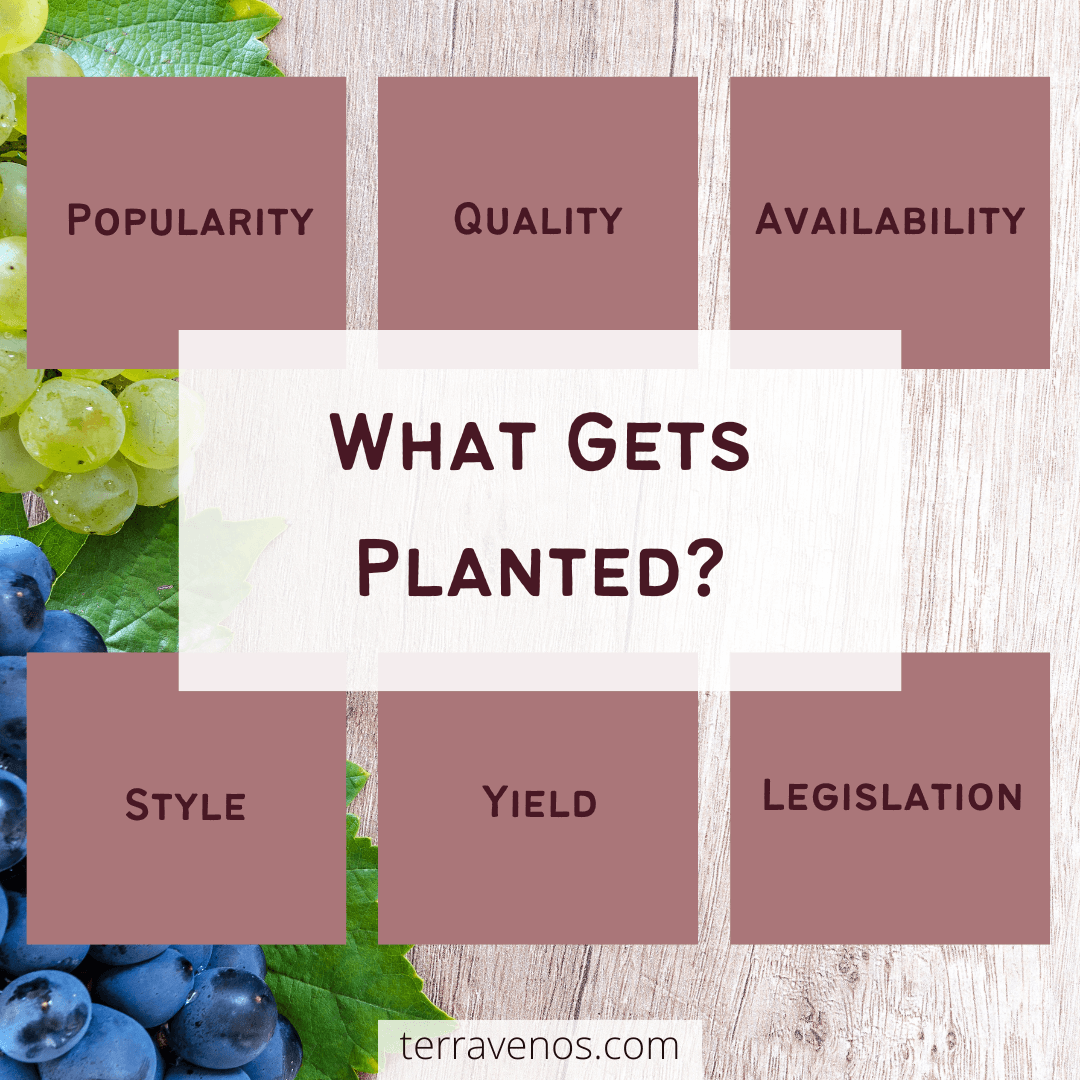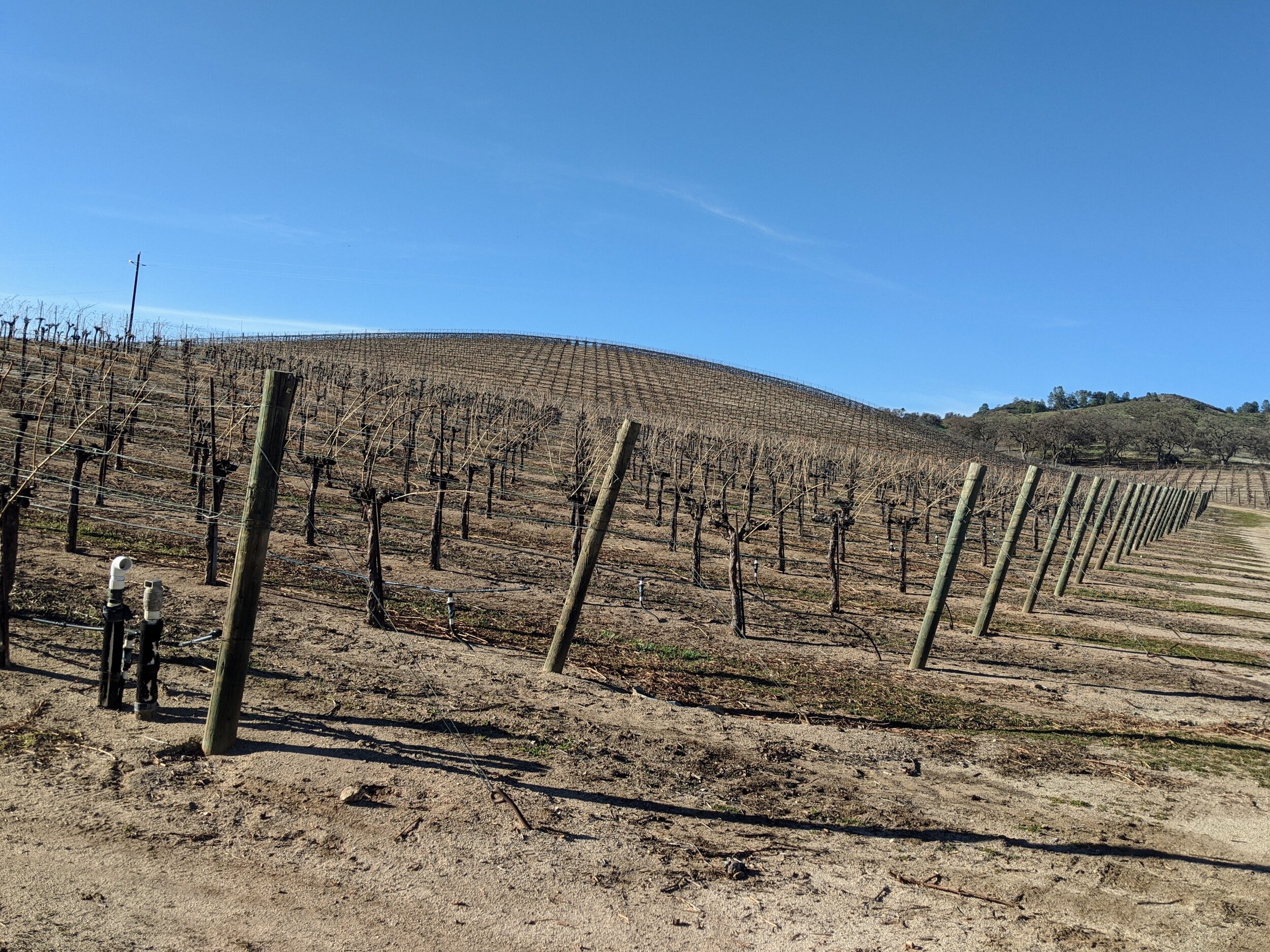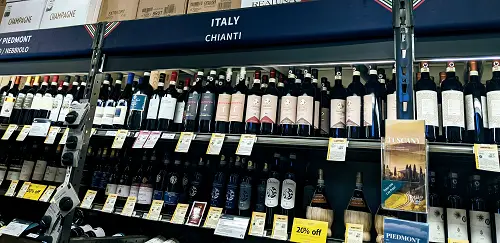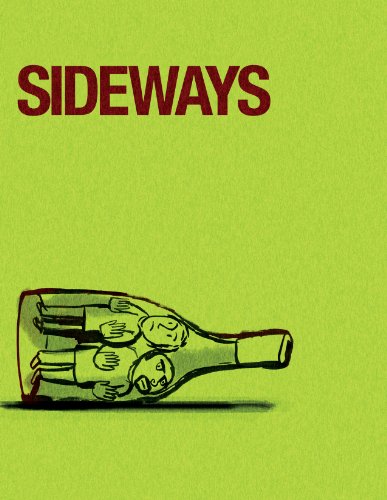
Have you ever wondered how a winegrower decides to plant one grape variety over another? Some choices Mother Nature drives, but there’s actually a lot more behind deciding what grapes to plant in a new vineyard.
Deciding what type of grape to plant where involves a complicated heuristic that takes into account environmental and non-environmental factors. Six human factors include: market demand, desired wine style, plant material availability, yield, desired quality, and local legislation.
Let’s take a look at each. Here’s how they decide what wine grapes to plant in a vineyard.
1 Market Demand: What’s Popular?
Making wine is ultimately a money-making endeavor (or at least that’s the goal).
A primary driver will be the market demand, or popularity, of a particular wine varietal. Sauvignon Blanc, for example, is growing in popularity in the US at the moment, as are different styles of rosé. (What is rose?)
Back in the 1980s and 1990s, the most popular red grape in the U.S. was Merlot. Then came the movie Sideways.
Lead character Miles and his best friend go on a weekend wine tasting and try to hook up with some local ladies. In a famous scene, Miles lambasts Merlot.
The movie became a mainstream classic, and overnight the drinking population took their cue from our somewhat sad midlife crisis character. Merlot sales plummeted and vineyard owners had to graft over their vines to other varieties.
Sidways was a wild movie that influenced the California wine industry profoundly.
2 What Style of Wine Do You Want to Make?
Market research goes beyond the simple popularity of a particular grape, to include the wine style.
- Will the final wine be more or less acidic?
- Lower or higher in alcohol?
- Crisp, under-ripe fruit, or riper, jammy fruits?
Choices for rootstock and clonal selection will impact the final wine style.
Pinot Noir clone 115, for example, has small bunches of berries with a low skin-to-pulp ratio, making it perfect for high-quality Pinot Noir with powerful aromatics.
Pinot Noir clone 512, however, has larger bunches of loose berries with a lower skin-to-pulp ratio, making it perfect for sparkling wines where the producer doesn’t want (or won’t need) heavy color or aroma extraction.
3 Plant Material Availability: What can you get?

Most new vine material gets propagated in large nurseries that can selectively breed grapevines to order for new customers. Customers who plan to develop large parcels of land and will need tens of thousands of baby vines can custom-order their preferred rootstocks and clonal material. Smaller customers who may only need a few hundred or even just a few thousand plants will typically need to order whatever is available from the nursery.
Also, depending on location, a particular grape variety may be unavailable from a nursery.
Lesser-known grape varieties, for example, the lesser-known Tannat, may only be available in small quantities.
In this case, a winegrower may approach an established vineyard already working with a grape and ask for cuttings to propagate. This approach, while less costly, is time and labor-intensive and may be unfeasible given the initial investment into a vineyard and the expected timeline for a return on investment.
4 Yield: How Much Wine Do You Want to Make?
Yield refers to the quantity of grapes a vine produces each year. Growers consider the desired volume of wine and then select vines that will meet that production volume.
Carignan and Pinot Grigio make gobs of grapes. Pinot Noir is finicky and can have lower yields.
How much wine do you plan on making (or grapes do you plan on selling)?
5 Desired Quality

Are you making a 100 point wine or a bargain bin wine?
Not all wines are destined to be award-winners. The market is segmented into inexpensive bulk wine of perfectly quaffable quality, all the way up to iconic labels that make for trophy wines.
Vineyard owners know what their target price-point is for the final wine and will plant vines accordingly.
6 Legislation: What are you allowed to plant?

Less so in the US than in the EU, regional legislation can dictate which types of grapes can be grown in a specific geographical region if the producer wants to use the regional appellation on the final label for marketing.
A famous example is Brunello di Montalcino DOCG in Tuscany, which must be made from 100% Sangiovese.
Helpful Tip: Check out this helpful post on how to understand Italian wine classifications, and here’s a wine guide for Sangiovese.
Other examples include:
- Barolo DOCG (Italy) – Nebbiolo grapes
- Chinon AOC (France) – Cabernet Franc
- Soave DOCG (Italy) – Garganega
Final Thoughts – The Many Factors of Wine Production
Planting a new vineyard is a resource-intensive endeavor.
Vines can produce wine grapes for well over 100 years.
Knowing this upfront means that growers must have a solid plan for the style of wine and intended market to drive their planting decisions.
Thirsty for More?
Check out this post on fermentation basics.
And here’s a post that does a deep dive on how pricing works for a bottle of wine.
I’m a big believer in side-by-side tasting to compare wine styles. Here’s how to host your own wine tasting at home.




